Empires often fall to armies, yet the last shove frequently comes from inside the tent. Advisers change sides, generals rewrite loyalties, and promises made in whispers crack the pillars that fortresses cannot defend. The shock lies in proximity. Trust becomes the hinge on which whole tax systems, grain routes, and soldier pay turn, then fail. When legitimacy splinters, maps follow. These episodes trace the moment a blade, a bargain, or a city gate swung the wrong way and entire realms collapsed faster than any siege could force.
Bessus Betrays Darius III, Achaemenid Persia
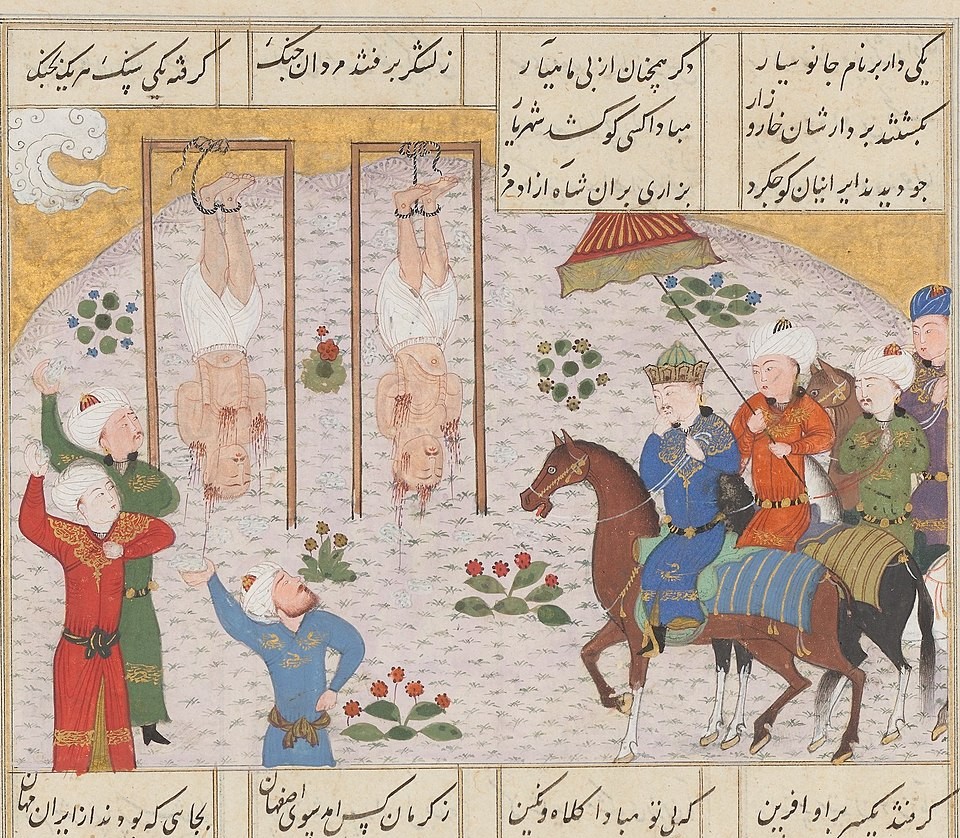
Cornered by Alexander in 330 BCE, Darius III fled east trusting Bessus, the satrap of Bactria, to shield the royal camp. Bessus seized his king instead, proclaimed himself ruler, and left Darius to die along the road. The murder severed the empire’s last thread of legitimacy, scattering nobles and garrisons. With no recognized sovereign to rally behind, Persia unraveled quickly as satrapies bargained for survival and Alexander assumed the mantle of Great King.
The 1204 Sack of Constantinople, Byzantine Empire
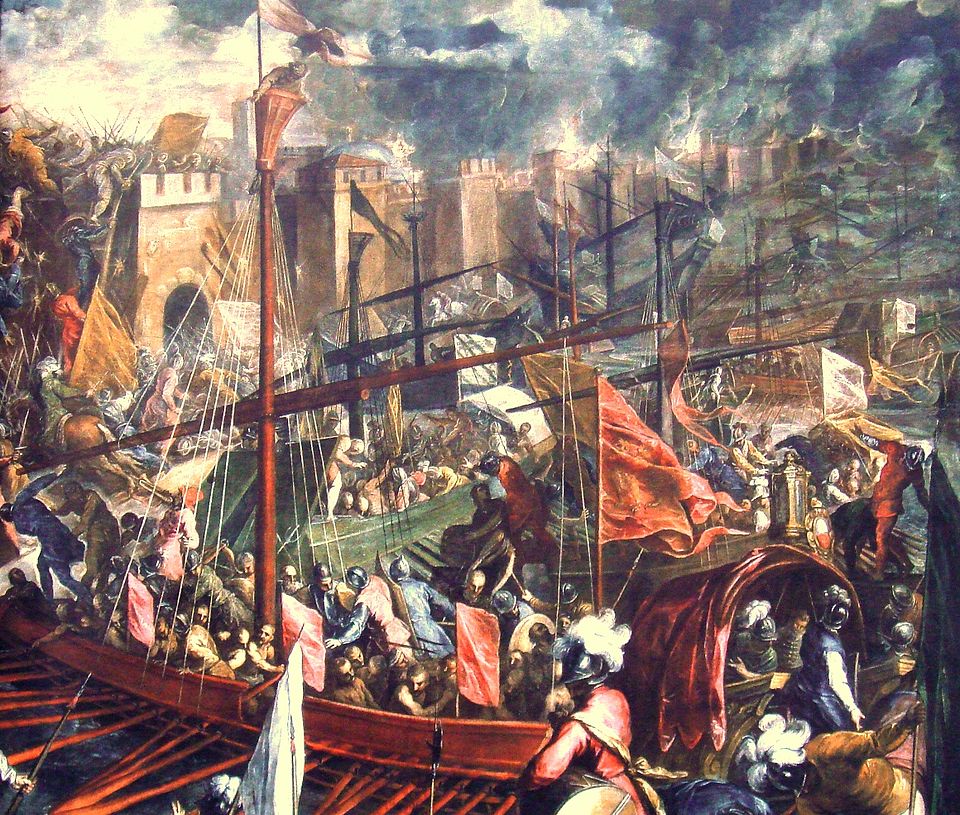
An exiled prince promised payment and access if Crusaders restored him to power. When gold ran short and politics soured, Western armies turned on their hosts and stormed Constantinople in April 1204. Churches burned, treasuries emptied, and the city fractured into Latin and Greek successor states. The empire survived in name only, its population, fleets, and tax base shattered. Weakened beyond repair, Byzantium never recovered strategic depth, setting the stage for its final fall.
The Murder at Merv, Sasanian Iran
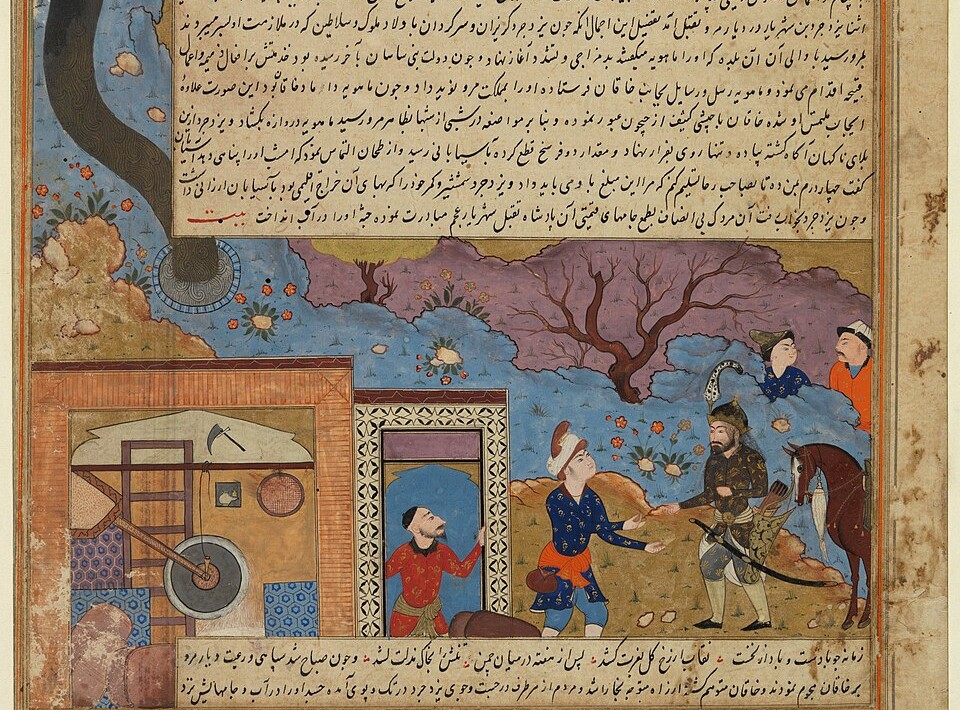
As Arab forces pressed east in 651, the last Sasanian shah, Yazdegerd III, sought refuge at Merv under the local governor Mahoe Suri. Allies turned uncertain, the court fled, and a plot ended with the king killed while in flight near a mill. The assassination erased any central authority to coordinate defense or taxation. Regional nobles cut their own deals, strongholds capitulated, and a dynasty that lasted four centuries ended not in battle lines but in betrayal.
Pushyamitra Topples the Mauryas, India
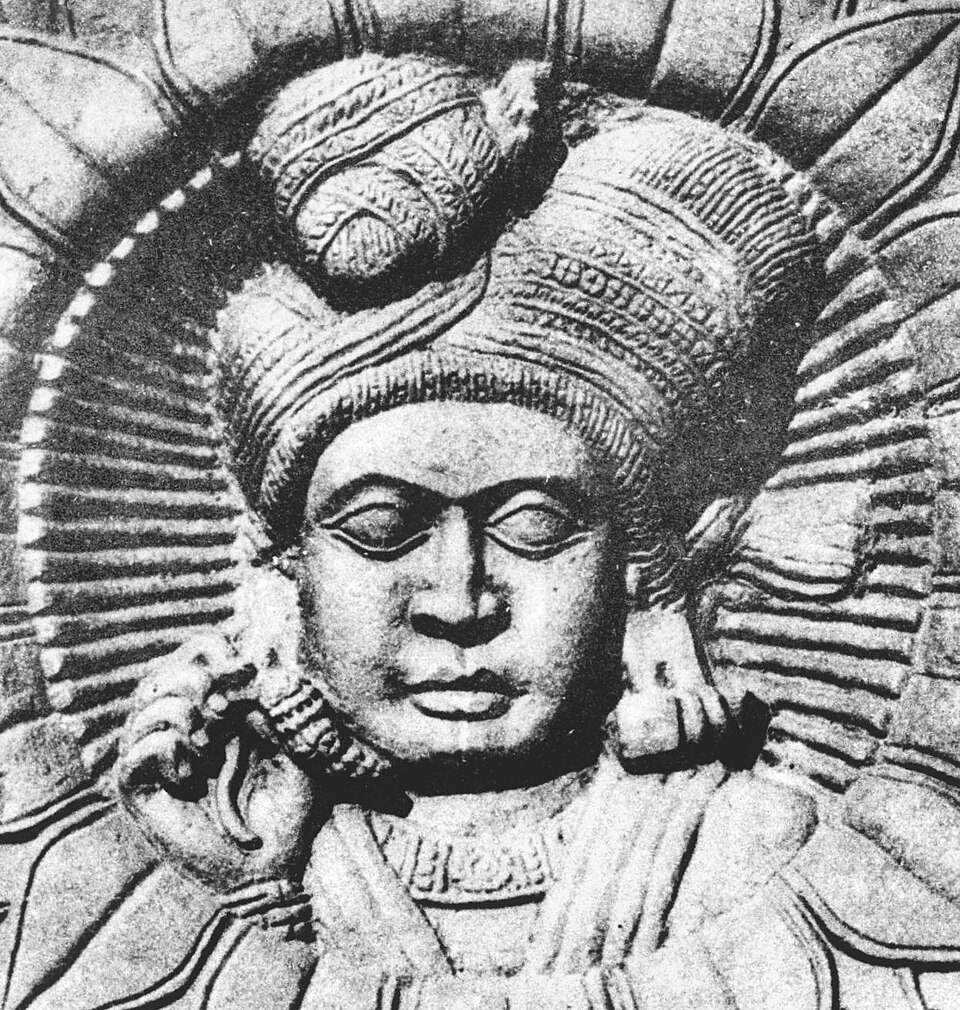
During a military review around 185 BCE, General Pushyamitra Shunga assassinated Emperor Brihadratha, then claimed the throne while stunned guards looked on. Without a binding center, the vast Mauryan realm splintered into regional powers almost at once. Revenue fractured, garrisons drifted, and imperial roads lost protection. The empire that had unified much of the subcontinent under Ashoka’s heirs dissolved into successor states, its end traced to a single coup at a parade ground.
The Arab Revolt Breaks Ottoman Control
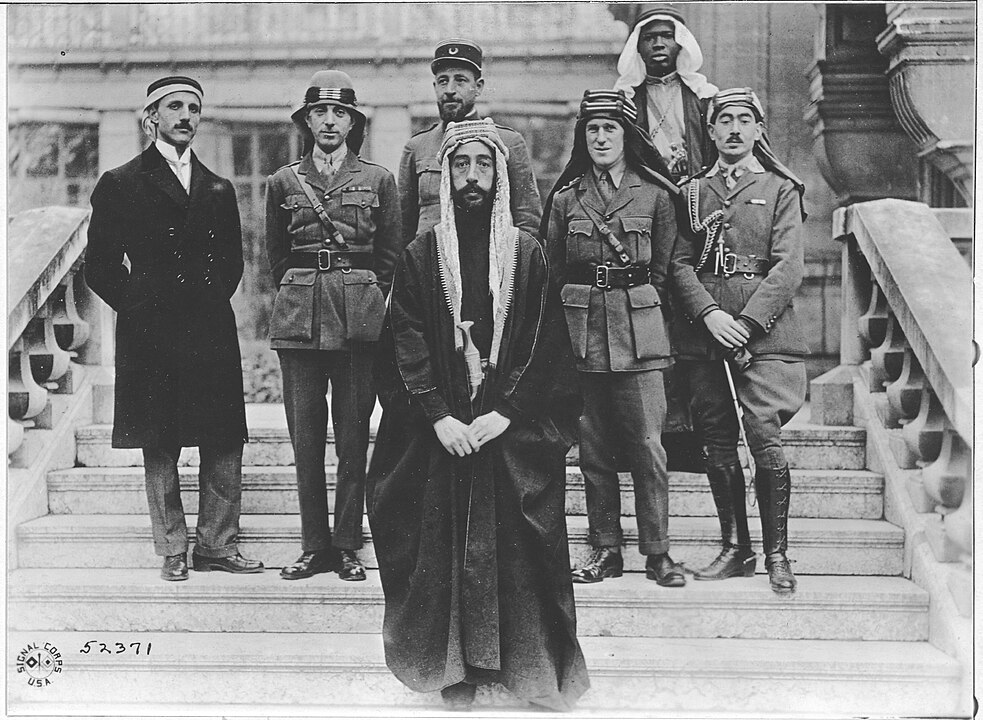
In 1916, Hashemite leaders in the Hejaz rose with British backing, cutting telegraphs, raiding the railway, and peeling tribal loyalties from Istanbul. Officers defected, towns shifted allegiance, and the march on Damascus under Faisal turned revolt into a regional unbinding. Combined with battlefield defeats, the internal breach undermined supply, legitimacy, and morale. Within a few years the sultanate and the empire it fronted were gone, replaced by mandates and new capitals.


